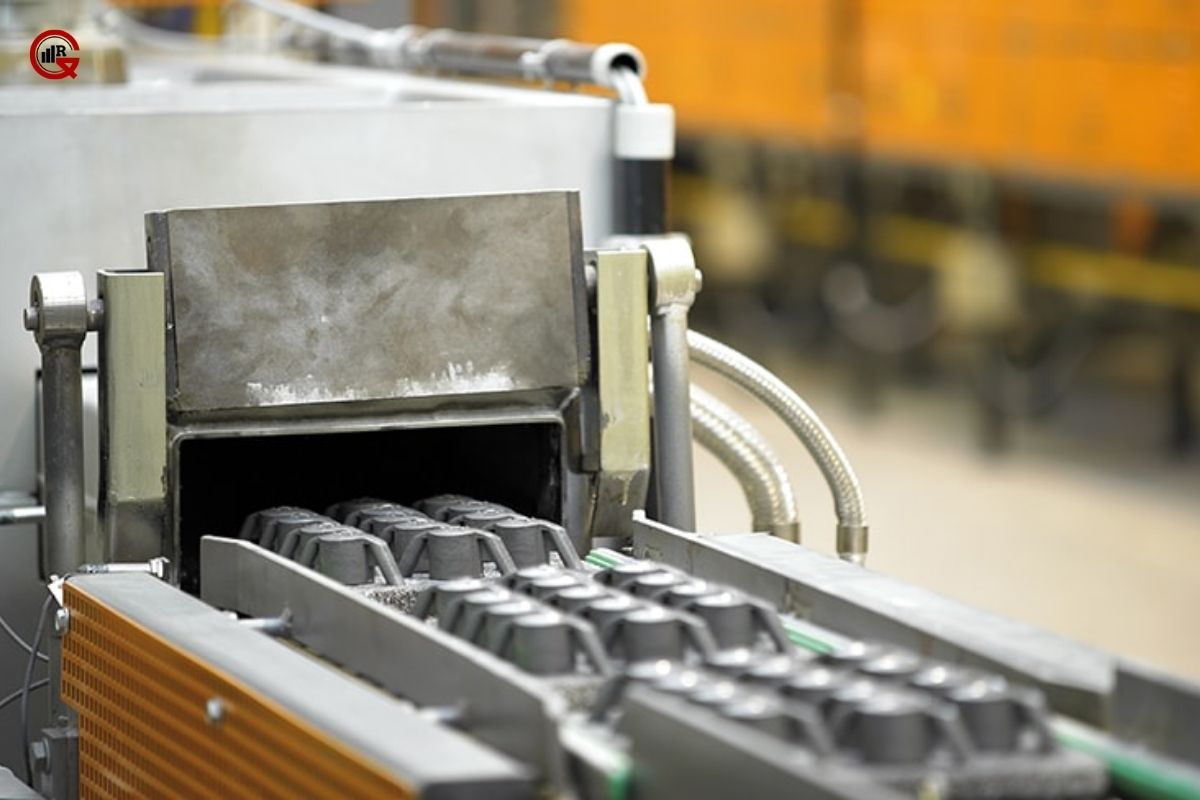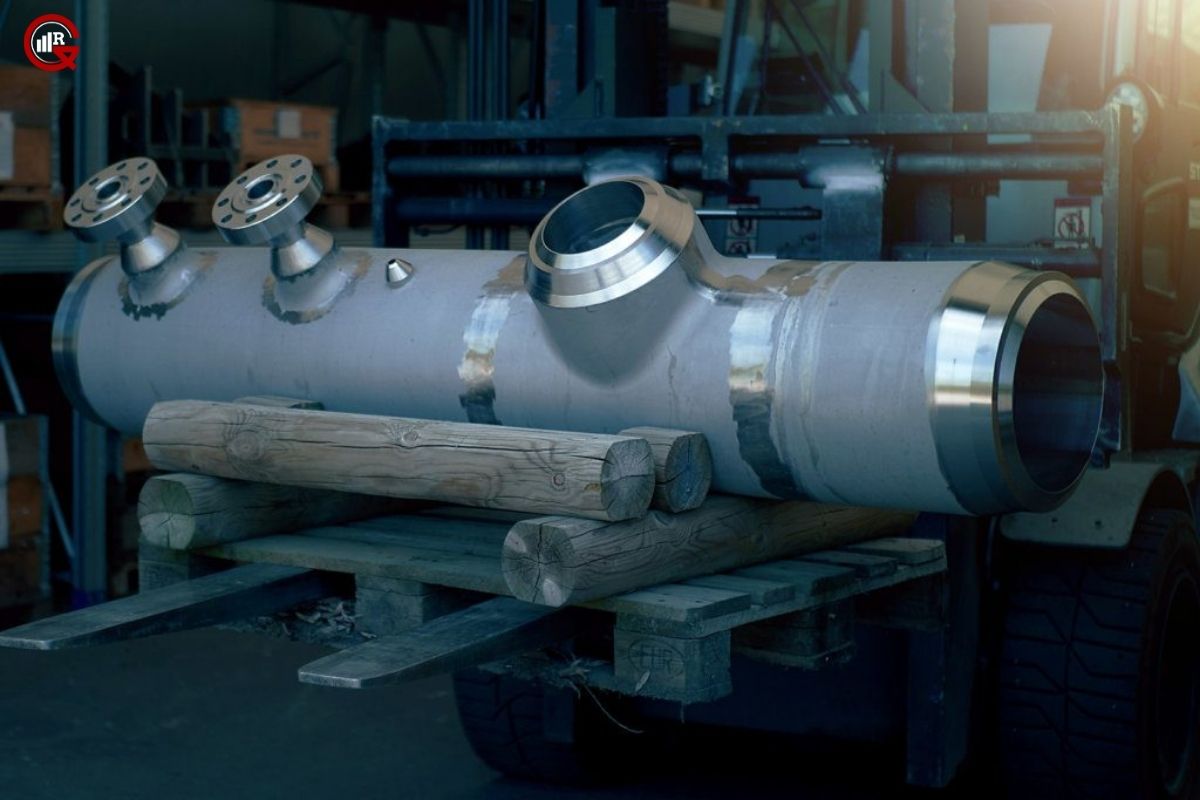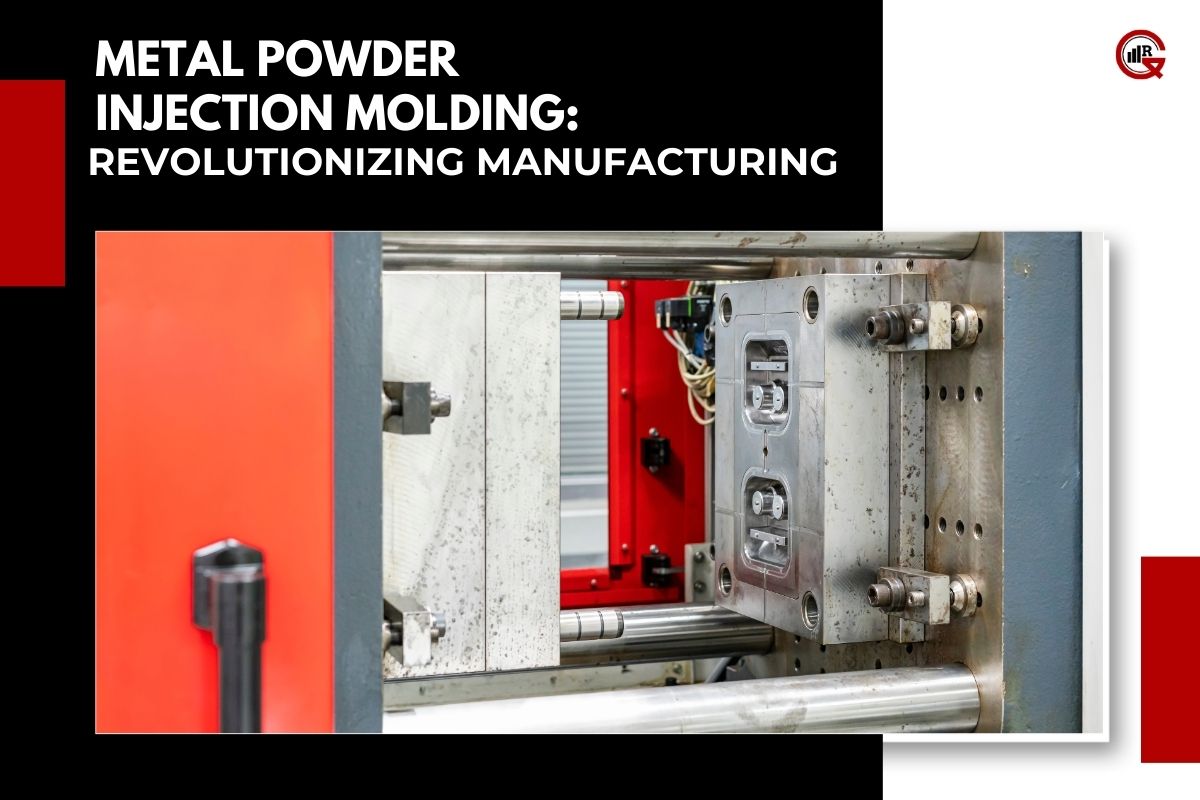Metal Powder Injection Molding (MIM) is an advanced manufacturing technology that merges the versatility of plastic injection molding with the strength and integrity of metal. It enables the production of complex metal parts with high precision and efficiency, which is pivotal in various industries such as aerospace, medical, automotive, and electronics. This process is a subset of powder metallurgy and has gained significant traction due to its ability to produce intricate shapes and fine details that are challenging to achieve with traditional metalworking techniques.
Understanding the MIM Process
The Metal Powder Injection Molding process consists of four main stages: feedstock preparation, injection molding, debinding, and sintering. Each stage is critical to achieving the desired properties and geometry of the final product.
Feedstock Preparation: This initial step involves mixing metal powders with a thermoplastic binder to create a homogeneous feedstock. The metal powder typically comprises fine particles of metals such as stainless steel, titanium, or alloys. The binder, usually a combination of polymers, helps in forming and shaping the mixture during the injection molding process. The resultant feedstock must have consistent flow properties to ensure uniformity in the molded parts.
Injection Molding: In this stage, the prepared feedstock is heated and injected into a mold cavity using standard injection molding equipment. The mold, designed with precision to form the desired shape, fills with the molten feedstock under high pressure. Once the mold is filled, it is cooled to solidify the part, forming what is known as a “green part.” These green parts are relatively fragile and contain a significant amount of binder, which must be removed in the subsequent steps.
Debinding: Debinding is the process of removing the binder from the green part. This is typically achieved through thermal, solvent, or catalytic methods. Thermal debinding involves heating the parts to gradually burn off the binder, while solvent debinding uses chemical solvents to dissolve the binder. Catalytic debonding employs a catalyst to break down the binder at lower temperatures. This stage is crucial as it prepares the part for sintering, ensuring that minimal defects occur during the final densification process.
Sintering: The final stage is sintering, where the debond parts are subjected to high temperatures in a controlled atmosphere. The sintering process removes the remaining binder and causes the metal particles to bond and densify, reducing the part’s porosity and enhancing its mechanical properties. The temperature and atmosphere must be carefully controlled to prevent oxidation and achieve the desired density and strength of the finished part. The sintering temperature is typically below the melting point of the metal but high enough to facilitate atomic diffusion and particle bonding.

Advantages of Metal Powder Injection Molding
Metal Powder Injection Molding offers several advantages over traditional manufacturing methods, making it an attractive option for producing complex metal parts:
Complex Geometry: MIM allows for the production of intricate and complex shapes that are difficult or impossible to achieve with conventional machining or casting methods. This capability is particularly beneficial for creating components with fine details and tight tolerances.
Material Utilization: MIM processes utilize nearly 100% of the material, reducing waste compared to subtractive manufacturing methods. This efficient use of materials translates to cost savings, especially for expensive metals and alloys.
High Production Rates: The injection molding process enables high-volume production of small to medium-sized parts with consistent quality. This scalability is essential for industries requiring large quantities of precision components.
Superior Mechanical Properties: Parts produced through Metal Powder Injection Molding often exhibit superior mechanical properties due to the fine grain structure and high density achieved during sintering. These properties include high tensile strength, hardness, and wear resistance.

Design Flexibility: The process offers significant design flexibility, allowing engineers to optimize part geometry for performance rather than manufacturability constraints. This freedom leads to innovative product designs and improved functionality.
Applications of MIM
The versatility of Metal Powder Injection Molding makes it suitable for a wide range of applications across various industries:
Aerospace: In the aerospace industry, MIM is used to produce complex, lightweight components such as turbine blades, fasteners, and structural parts. The high strength-to-weight ratio and precision of MIM parts are critical for aerospace applications.
Medical: MIM is extensively used in the medical field to manufacture surgical instruments, orthopedic implants, and dental devices. The biocompatibility and precision of MIM components make them ideal for medical applications that require stringent quality standards.
Automotive: The automotive industry benefits from Metal Powder Injection Molding by producing small, intricate parts like gears, fuel injector components, and turbocharger vanes. These parts require high strength and durability, which are achieved through the MIM process.
Electronics: In electronics, MIM is employed to create connectors, heat sinks, and intricate housing parts for devices. The ability to produce small, detailed components with high precision is crucial for the miniaturization trends in the electronics sector.
Challenges and Future Trends
Despite its numerous advantages, Metal Powder Injection Molding faces some challenges that need to be addressed for broader adoption:
Cost: The initial setup cost for MIM, including mold design and feedstock preparation, can be high. However, these costs are offset by the economies of scale in high-volume production.
Material Limitations: Not all metals and alloys are suitable for the MIM process. Research is ongoing to expand the range of materials that can be effectively processed using MIM techniques.

Dimensional Accuracy: Achieving precise dimensional accuracy can be challenging due to shrinkage during sintering. Advanced simulation and control techniques are being developed to improve accuracy and reduce defects.
The future of Metal Powder Injection Molding looks promising, with ongoing advancements in materials science, process optimization, and automation. Innovations such as multi-material MIM, which allows the production of parts with different material properties, are expected to open new possibilities in various industries. Additionally, the integration of additive manufacturing with MIM could lead to hybrid processes that combine the best of both worlds, further enhancing design flexibility and efficiency.
Conclusion
Metal Powder Injection Molding is revolutionizing the manufacturing landscape by offering a unique combination of design flexibility, material efficiency, and superior mechanical properties. As technology continues to advance, MIM is poised to become an even more integral part of modern manufacturing, driving innovation and enabling the production of high-performance components across diverse industries. With ongoing research and development, the potential applications of MIM are vast, promising a future where complex metal parts can be produced more efficiently and economically than ever before.






